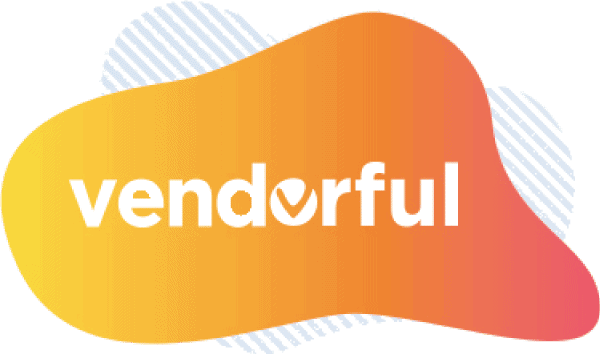Among Fortune 500 companies, 75% of spend goes to external suppliers. Yet CEOs spend only 1% of their time with suppliers on average. The conclusion is clear: from the top down, companies are massively underinvesting in managing their supplier relationships. At the same time customer relationships get significant attention. This is the SRM-CRM Gap.
What exactly is the SRM-CRM Gap?
Imagine a head of sales saying the following to his CEO: “We only have the tools and personnel to closely follow 10% of our customers and prospects. We need to segment them and focus only on the most significant.” What would the CEO do?
Probably one of three things:
- Get better CRM tools
- Get more people
- Get a new head of sales
And whichever option they chose, they’d do it immediately. There is simply no way that any company would tolerate that lack of visibility into its customers and prospects.
Customer Relationship Management is so fundamental to modern business that it’s never a question of whether you manage all of your relationships, but how. 100% visibility is simply assumed.
Now consider the situation with Supplier Relationship Management in your own company. Do you have 100% visibility?
Now you understand the SRM-CRM gap.
Quantifying the SRM-CRM Gap
So we have a sense of what it is, but how big is it?
According to State of Flux’s 2021 Global SRM Research Report, most organizations have not invested in a dedicated third party system for any of the major pillars of SRM:
- Supplier onboarding / master data (48%)
- Risk management (29%)
- Performance management (18%)
- CSR/sustainability management (16%)
- Relationship management (11%)
- Innovation management (6%)
Can you imagine a world in which only 48% of companies invested in commercial software to track their customer data? Of course not. 91% of companies with at least 11 employees have a CRM system. That number quickly approaches 100% as the size of the company increases.
So one decent quantification of the SRM-CRM Gap is how much more the average company invests in CRM vs. SRM. For more than half of companies, that number will approach 100% of their CRM investment.
Why does the SRM-CRM Gap exist?
The reason this gap exists is simple: CEOs and CFOs see the value of CRM, and they don’t see the value of SRM.
CRM shows its value through obvious and measurable statistics:
- Revenue growth
- Short sales cycles
- Higher customer retention
In contrast, SRM shows its value through more subtle measures, including soft costs and problems avoided:
- Less time spent on routine tasks
- Fewer adverse supply events
- Improved vendor compliance
- More supplier innovation
There is obviously significant value to gain from reducing those soft costs and risks, and from getting better results out of your suppliers. But it’s more difficult to quantify. Most organizations don’t do it.
Building the SRM ROI case
If quantifying the benefits of SRM are at the root of the SRM-CRM Gap, then one solution is to make SRM’s benefits more tangible. Organizations that invest in SRM save money and get more value out of their supplier relationships – a rare win-win situation.
According to data from Beroe Inc., best-in-class SRM programs deliver an ROI of 1100%. The ROI derives from the following efficiencies:
- 50% FTE cost savings on operational tasks
- 60% reduction in operational risk incidents
- 30% reduction in supplier failure
Overall, organizations that apply SRM principles to at least 90% of their suppliers realize 30-35% more value than organizations that focus SRM only on their strategic suppliers.
The SRM prescription for senior leadership
The way forward is clear: executives must place a higher priority on managing their supplier relationships. But where to begin?
The first step is to define your goal. And the goal for any CEO ought to be visibility on 100% of supplier relationships.
Once you’ve established that goal, there are three stages on the path to full supplier visibility, and they don’t all need to be done at once:
- Develop a shared source of truth about vendor relationships. This means creating a centralized database of supplier information that can be accessed by the whole Procurement team and key stakeholders outside of Procurement and Supply Chain.
- Analyze supplier performance on quantitative and qualitative measures across the organization. This will help identify areas where improvement is needed.
- Apply business intelligence to data collected in steps 1 and 2 to visualize supplier performance and risk. Simply stated, data captures what is happening right this second, whereas business intelligence uses historical data to make predictions on future trends and problems. Early detection of issues and trends can help you avoid them becoming troubles later.
Organizations simply must know their suppliers as well as they know their customers. Technology can help get there, but the first step is to commit to changing the status quo and making it a priority to get 100% of these relationships under management.
